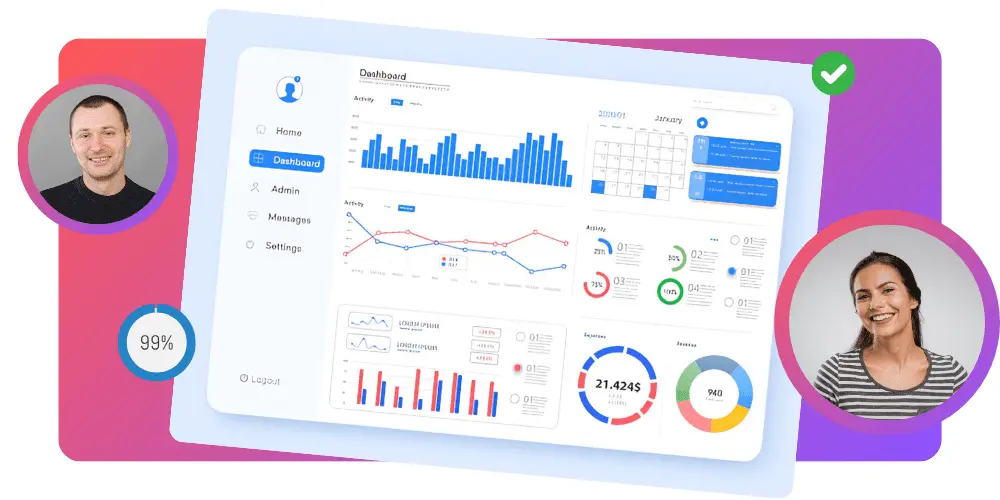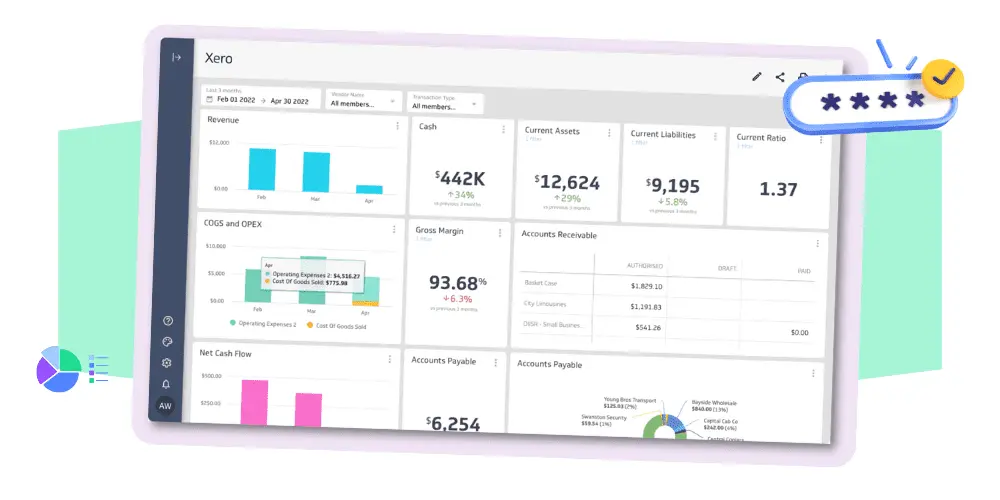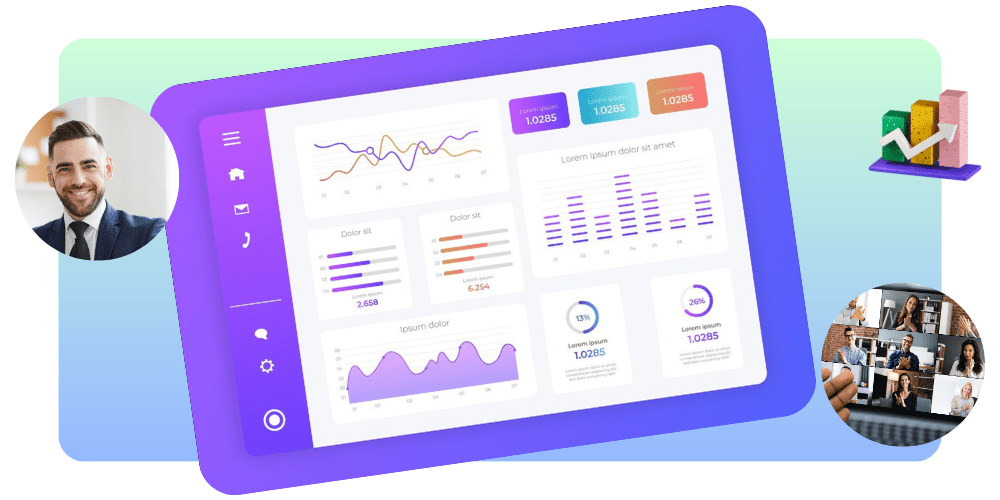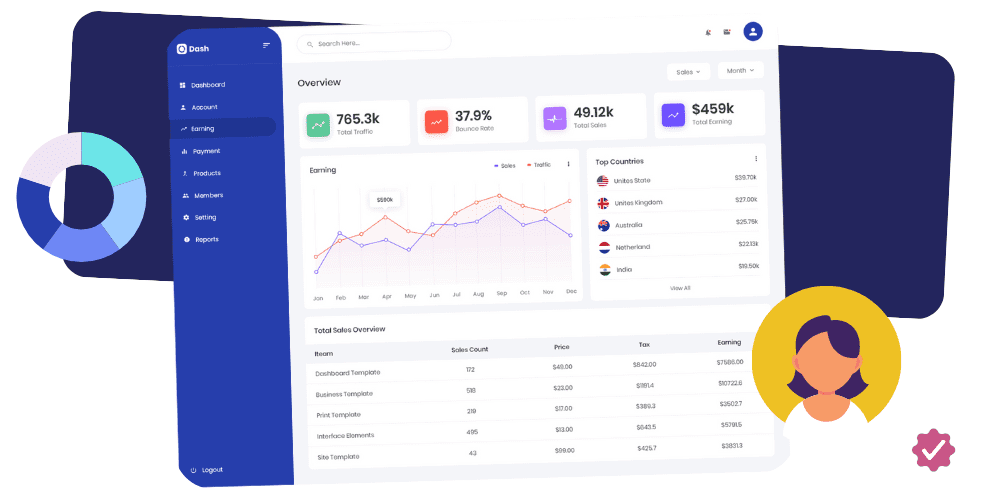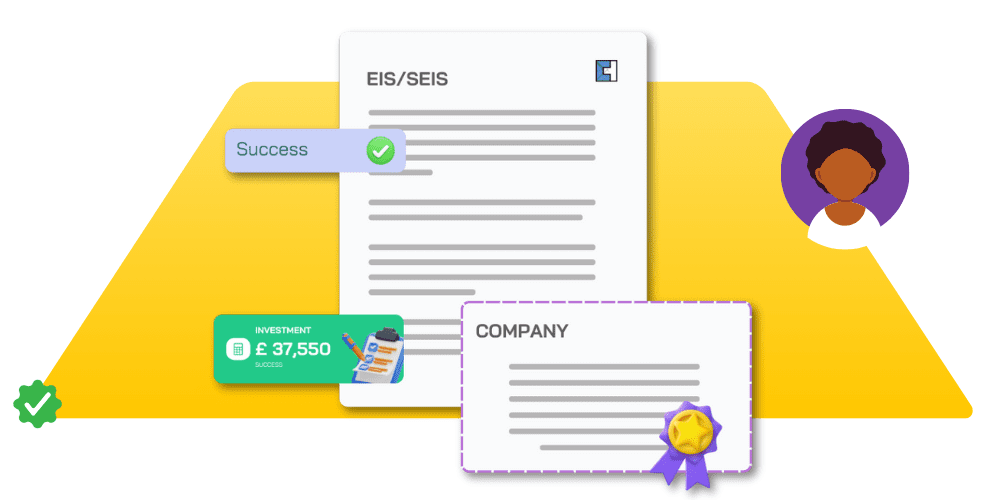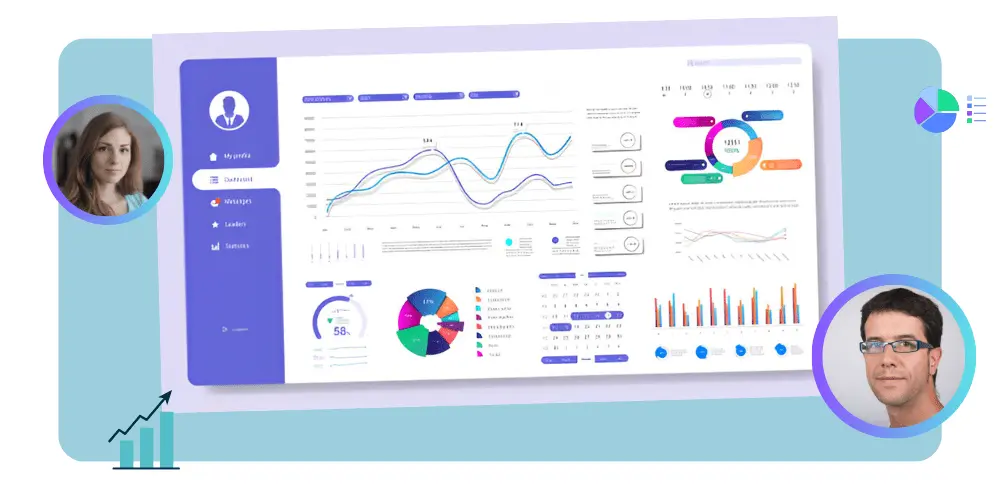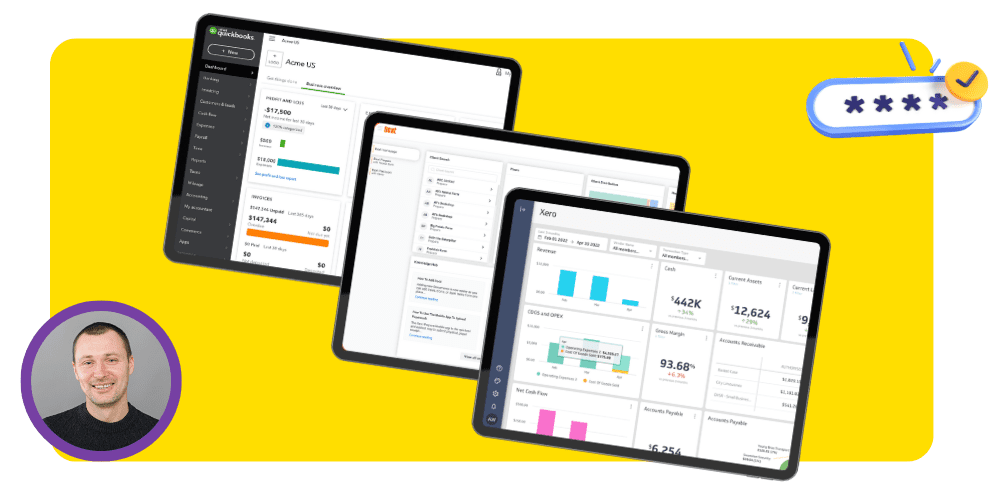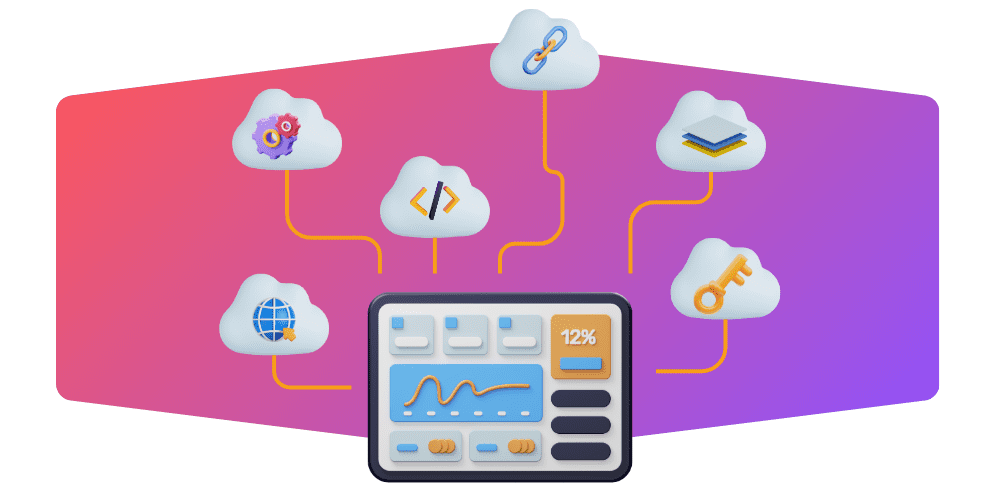In the high-growth and fast-changing world of technology businesses, cash flow planning and management are not only key strategies that are vital for survival but are also very important in sustaining constant innovation and maintaining a competitive edge. These strategies involve more than just performing budgeting and forecasting activities; they also require an acute understanding of the tech sector’s unique financial dynamics, things such as upfront R&D investments, rapid scaling needs, and the potential for unpredictable revenue streams. For tech companies, maintaining adequate liquidity to meet their financial obligations while investing in growth and innovation can be a delicate balance. The key to achieving the right balance is dependent on developing strategic plans that are tailored to the technological market, which include things like robust forecasting techniques, adaptable budgeting policies, and comprehensive processes to control cash flow. These practices not only ensure financial stability but also enable tech businesses to seize opportunities in a fast-paced industry.
The Workings of Cash Flow Planning
Efficient cash planning encompasses the allocation of resources, reduction of cash-related costs, and the implementation of technologies to streamline cash management processes. The overarching goal is to maintain financial stability, mitigate risks, and support sustained growth, making it a critical aspect of sound financial management for businesses across various industries.
Cash flow projections or forecasts are key to understanding the health of a business. They help a business predict if it is able to meet its cash demands in the present and in the future. The forecast is a tool that helps businesses predict the potential shortfalls in cash and the actions to take to address them. There are also decisions around cash planning, which helps mitigate risk, reduce bad debt, and plan for future fundraising rounds.

Basics of Cash Flow Analysis
Cashflow is the flow of cash and cash equivalents, such as securities, debtors, or creditors that create a positive or negative impact on the overall cash position. Cashflow is different from profit; it means the cash flowing in and out of your business, whereas profit is determined after deducting expenses from the revenue generated, regardless of its cash position. A company’s cash runway is determined by analysing the cash available on hand to the business; the slower the cash available depletes, the lower the cash burn rate would be, resulting in more room for a company to take risks, invest in growth, and the longer the company can survive without a fresh set of cash injection.
Companies should monitor and evaluate three types of cash flow—cash flow from running operations, cash flow from investment activities, and cash flow from financing activities—to assess the liquidity ratio and solvency of the company. The cash flow statement of a business shows all three types.
Businesses correlate line items in the three cash flow categories to determine where money is coming in and going out of the company when they perform a cash flow analysis. Based on this information, they can judge the company’s current situation and standing.
Having more inflow doesn’t always mean a good thing, depending on the type of cash flow, nor is it bad to have spent more money.
Key Financial Concepts Every Business Owner Should Know
Inflows and Outflows:
Cash inflow and outflow are the liquid cash and cash equivalents that move through your business. They are the cornerstone of the financial standing of your business. The cash flow statement in your financial reporting contains a detailed record of every transaction involving cash, both in and out.
Operating, Investing, and Financing Activities:
A company must first generate cash statements detailing its operating, investing, and financing cash flows before performing a cash flow analysis.
- Cash from operating activities represents the difference between the amount spent on operating expenses and the cash received from consumers. Annual and recurrent costs, including rent, utilities, supplies, and salaries, are included in this bucket. It also reflects the changes in working capital and adjustments for noncash items such as depreciation and amortisation.
- Investing activities show the cash spent on and generated from long-term assets and investments. Examples include the sale or purchase of real estate and assets, as well as acquiring financial investments such as shares or securities in other businesses.
- Financing activities reflect the cash flow generated due to financing activities of the business, such as borrowing, debt repayment, or paying dividends.
Overcoming Cash Flow Hurdles in the Technology Sector
Having worked with thousands of Tech companies, Clear House Accountants have identified the top challenges companies face when managing their cash flow. We have listed some of these with their generic solutions below. Even though your specific issue might differ, having a general idea of the problems and their solutions can help build a great foundation. You always have the option to discuss your specific issue with a specialist technology accountant to get a more accurate analysis of your problem and bespoke solutions designed around it.
| Fluctuations in Seasonal Revenue |
| Problem: Seasonal fluctuations in revenue are common for tech companies for various reasons. For example, companies in the e-commerce industry might see a spike in sales during the holiday season. Companies offering business-to-business (B2B) services might see a dip in sales during the holiday season. These fluctuations may result in erratic cash flow and difficult budgeting and investment planning. | Solution: Businesses should develop comprehensive cash flow forecasting based on past data and market trends to address this problem. During busy times, one might accumulate cash reserves to lessen the effects of slower seasons. Furthermore, diversifying the current product offerings and entering into more complementary market space could provide a more consistent revenue stream all year. |
| Dependency on R&D Investment |
| Problem: Technology is always rapidly evolving with time, and staying ahead of the competition through constant innovation is essential to stay one step ahead. Research and development (R&D) initiatives may be costly and provide minimal to no results. Tech companies must frequently balance short-term financial health while maintaining sufficient R&D investment. | Solution: Setting R&D project priorities according to their potential effect and profitability is one method to address this problem. Sharing the costs and risks of innovation can also be accomplished by forming collaborations with startups or research organisations. For companies working on R&D projects, finding venture capital and claiming R&D tax allowances or government grants can also help supply the required cash. |
| Scaling Hiring and Operational Costs |
| Problem: Scaling operations is necessary for high-growth businesses to satisfy the rising demand. However, scaling necessitates a bigger infrastructure, increased talent acquisition, and personnel training costs. Cash flow may be strained by these expenses, particularly if an accurate projection is required for the expansion. | Solution: Businesses should carefully evaluate their scalability requirements and allocate resources appropriately to tackle this challenge. Cost-effective substitutes for internal processes can be found by adopting cloud-based technologies or outsourcing specific departments. Effective growth without undue financial pressure requires attracting and keeping the right people and cultivating an innovative and efficient culture. |
What Is Cash Flow Planning?
Cash Flow Planning is the process of forecasting and managing the inflow and outflow of cash in a business. It includes projecting cash positions of the business at various times in the future over specific periods, such as monthly, weekly, or even daily. The planning entails considering all forms of cash movements in a business, from operations, investing, and financing activities.
To create a cash flow, you must be aware of all the various transactions that will go through the business; creating an effective financial model to base your cash flow on can be a good starting point. This requires you to understand the various assumptions regarding your business sales and the potential investments and finance activities you have planned.
Watch our Video to Understand the Various Financial Statements used to form a Financial Model.
- 9 Ways To Grow Surplus Business Cash
- The cash flow plan assists in the early identification of cash shortages to give your business enough time to plan solutions in order to avoid company insolvency.
Differentiating Cash Planning from Profit Planning
The key difference between profit and cash flow has already been mentioned, and therefore, cash planning and profit planning also differ. Both are the key aspects of financial planning. Cash planning involves the planning of a cash budget, while profit planning involves pro forma statement preparation. It is important to have a basic understanding of accounting to prepare both statements.
Management Accountants and Financial Planning Analysts frequently deal with cash conversion cycles and cash flow statements. They know how to prepare these statements and analyze them further to optimize business growth. Having a strong accounting department can be crucial to the survival of high-growth tech businesses; when you receive your first round of funding or start planning for a future funding round, it is always sensible to seek a Virtual FD, to think about hiring an FD or CFO
Establishing a Robust Cash Management Framework
A key counterpart of Cash Planning is Cash Management; there is no point in creating a plan for cash flow when there is no framework to manage that plan to ensure it is implemented effectively. Building a robust cash management framework is, therefore, key to the success of a good cash plan.
The basics of a good cash management framework will include things like:
- Understanding and Planning for Cashflow (Cash Forecasting)
- Creating a Budget to track Cash spending
- Monitoring the actual flow of cash against the projected cashflow
- Managing Receivables and Payables
- Improving Cash Reserves
- Investment of Surplus Cash
- Managing Investor Expectations
Cash Forecasting Techniques
- Short-term Forecasting: A short-term cash flow projection duration is thirty days before the forecast is first performed. They give a useful daily summary of various bank accounts‘ cash inflows and outflows.
- Mid-term Forecasting: With medium-term cash flow forecasting, projections are made for a month, six months, or even a year in advance. In contrast to short-term forecasting, which offers daily breakdowns, it gives a better view of average cash situations. Depending on their industry, some organisations may find forecasting for up to a year is not worth the effort.
- Long-term Forecasting: Forecasting cash flows over longer time horizons is known as long-term cash flow forecasting. Long-term anticipated inflows and outflows are included. The outcome gets less dependable as the predicted period lengthens. However, cash flows, like longer-term repayment plans, interest payments, and other steady inflows or outflows, can be anticipated over a longer time horizon.
- Direct Cash Flow: Direct cash flow forecasting compares cash inflows and outflows. Your cash position over time is the sum of all cash inflows and all cash outflows subtracted. Direct forecasting usually yields accurate results because the computations are based on current cash flows, and the time horizon is small. Over time, though, it gets harder and harder to forecast this data. Direct forecasting yields results that provide you with a clear picture of your business’s working capital.
- Indirect Cash Flow: Long-term indirect cash flow forecasting is based on projected balance sheets and income statements. Because indirect forecasting is long-term oriented, it gives insight into the funds available for growth strategies and outside finance.
- Sensitivity Analysis: Many larger firms also perform sensitivity analyses on their long-term cash flow forecasts, which account for potential changes in variables, including interest rates, market trends, rivals, and currency concerns. As a result, several “what if” cash forecasting scenarios are produced, for which organisations might then make plans.
From Forecasts to Surplus: Optimize Your Cash Flow Strategy
Setting up and Managing Cash Targets and Metrics
- Liquidity Ratios: Liquidity ratios are key indicators of a company’s ability to meet its short-term financial obligations. The most commonly used liquidity ratios include the current and quick ratios.
- Current Ratio: This ratio assesses the company’s capability to cover short-term liabilities with its short-term assets. A current ratio above 1 implies the company has more assets than liabilities in the short term, indicating a healthier financial position.
- Quick Ratio: Also known as the acid-test ratio, this metric focuses on a more stringent measure of liquidity by excluding inventory from current assets. It provides insight into whether a company can meet its short-term obligations without relying on the sale of inventory.
- Benchmarks: Setting benchmarks is crucial for contextualising liquidity ratios. Benchmarks can vary across industries, and comparisons with industry averages or competitors can provide valuable insights. Maintaining liquidity ratios within the industry norms is essential for financial stability.
- Cash Conversion Cycle Optimisation: The Cash Conversion Cycle (CCC) represents the time it takes for a company to convert its investments in inventory and other resources into cash flows. Optimising this cycle is instrumental in enhancing operational efficiency and maximising cash resource
Components of the Cash Conversion Cycle
The cash conversion cycle covers three stages of the sales cycle of a company
- current inventory sales
- cash collection from the current sales
- payables for outsourced goods and services
These three working capital metrics can be used to calculate the cash conversion cycle of the company. All three metrics hold valuable insights that can be used to understand the current position and standing of the company finances.
Days Inventory Outstanding (DIO): Measures the average number of days it takes for a company to sell its entire inventory. A lower DIO indicates better inventory management.
Days Sales Outstanding (DSO): This represents the average number of days it takes for a company to collect payment after a sale. A lower DSO implies quicker cash collection.
Days Payable Outstanding (DPO): Reflects the average number of days a company takes to pay its suppliers. A responsible extension of the payment period can positively impact cash flow.
Managing Cash Burn and Extending Cash Runway
Cash Burn Rate:
The cash burn rate is a financial metric representing the rate at which a company spends its available cash reserves over a specific period, often monthly. It is a crucial indicator of a company’s financial health, particularly for startups and high-growth small tech businesses.
Calculating Burn Rate: (Monthly Revenue - Cost of Goods Sold) - Gross Burn Rate = Net Burn Rate
Cash Runway:
The cash you have left over, assuming constant consumption, is your cash runway. In general, higher is preferable. A high runway indicates sound financial standing and effective cash flow management for your company.
Calculating Cash Runway: Cash Runway = current cash balance/ burn rate
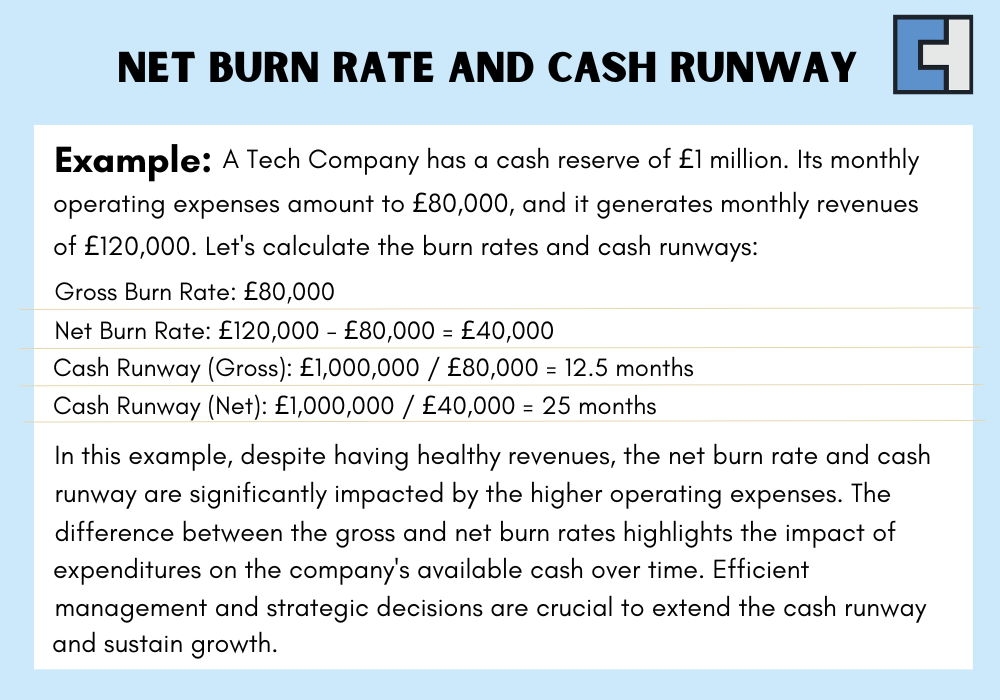
Techniques for Improving Cash Flow
Working Capital Management
Effective working capital management is crucial for enhancing cash flow. It involves balancing key components such as:
- Inventory: Streamlining inventory levels to prevent overstocking or stockouts.
- Accounts Receivable: Implement efficient credit control policies and ensure timely collection of receivables.
- Accounts Payable: Negotiating favourable payment terms with suppliers without negatively impacting relationships.
Optimising the cash conversion cycle involves minimising the time it takes to convert raw materials into cash by selling finished goods. Strategies include:
- Shortening Sales Cycle: Accelerating the sales process to reduce the time between product/service delivery and customer payment.
- Efficient Production Processes: Enhancing production efficiency to minimise the time between acquiring raw materials and producing sellable goods.
Revenue and Expense Management
Diversifying revenue streams helps mitigate risks associated with dependency on a single source. Strategies include:
- Product Expansion: Introducing new products or services to attract a broader customer base.
- Market Expansion: Entering new geographic markets or demographic segments.
- Partnerships and Alliances: Forming strategic partnerships to tap into new markets or customer segments.
Implementing cost-reduction strategies is essential for maintaining a healthy cash flow. These may include:
- Operational Efficiency: Streamlining internal processes to reduce operational costs.
- Technology Adoption: Embracing cost-effective technologies to automate tasks and improve efficiency.
- Negotiating Supplier Contracts: Negotiating favourable terms with suppliers to lower procurement costs.
Capital Structure Optimisation
Choosing the right mix of debt and equity financing is critical for optimising the capital structure. Considerations include:
- Debt Financing: Assessing the cost of debt and its impact on cash flow.
- Equity Financing: Balancing equity issuance to avoid insolvency while securing necessary funds.
Strategic deployment of cash involves judiciously allocating resources for maximum returns. Strategies include:
- Investment: Identifying lucrative investment opportunities to grow cash reserves.
- Debt Repayment: Prioritising debt repayment to enhance financial stability.
- Share Buybacks: Repurchasing company shares when deemed financially prudent.
For example, aligning financial strategies with operational goals can significantly enhance the outcomes of mergers and acquisitions.
Tools and Technologies for Efficient Cash Management
Efficient cash management is vital for organisational success, and leveraging cutting-edge tools and technologies can significantly impact.
Cash Management Software and Platforms
These tools offer real-time visibility into financial data, aiding in cash forecasting, expense tracking, bank reconciliation, and comprehensive cash position analysis.
Automation in Cash Flow Processes
Automation plays a key role in reducing manual effort and improving efficiency. This includes automating invoice processing, expense management, payment processes, and implementing alerts for critical cash flow events.
Integration with Financial Systems
Seamless integration with existing financial systems ensures data consistency, real-time reporting, streamlined processes, and comprehensive financial insights. This integration eliminates manual data entry, reducing errors and enhancing overall process efficiency.
Implementing these tools empowers businesses to streamline cash management, enhance accuracy, and gain valuable insights for informed decision-making, ultimately contributing to financial stability and growth.
Regulatory Compliance and Reporting
Understanding Regulatory Frameworks
Navigating the intricate landscape of regulatory compliance is paramount for businesses. Understanding the regulatory frameworks that govern the industry is crucial. This involves staying informed about local, national, and international regulations that impact financial operations.
Compliance with Tech-Specific Financial Regulations
Tech companies face unique financial regulations that demand tailored compliance strategies. These may include data protection laws, intellectual property regulations, and industry-specific financial standards. Ensuring adherence to these regulations is essential for avoiding legal consequences and maintaining ethical business practices.
Tools and Technologies for Cash Planning
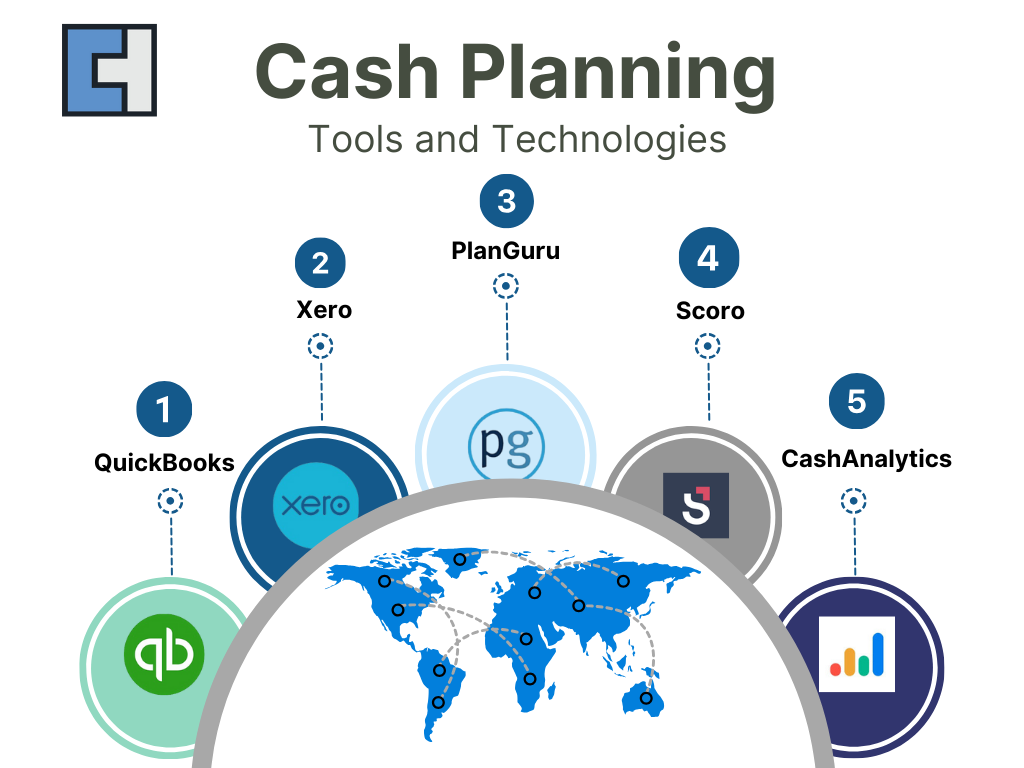
Here are seven noteworthy tools for cash planning:
1. QuickBooks:
A widely used accounting software, QuickBooks incorporates a basic yet effective cash-flow management tool. It allows users to forecast cash flow, budget for up to 90 days in advance, manage invoices, pay bills, and generate financial reports.
2. Xero:
Xero offers sophisticated accounting software to empower small and medium-sized enterprises (SMEs) to optimise their operations. Its intuitive platform encompasses a comprehensive suite of cash flow management tools like GoCardless for Xero, which is useful when managing recurring direct debit cash from customers.
3. PlanGuru:
This software specialises in budgeting and forecasting, allowing users to analyse intricate financial data. The ability to import up to five years of transactions facilitates the creation of budgets and forecasts for up to 10 years ahead. PlanGuru also enables scenario analysis for adapting cash-flow management strategies.
4. Float:
Recognised for excellence, Float is both software and an app for cash-flow management. Users can create budgets and adjust scenarios, integrating seamlessly with accounting software like QuickBooks and Xero for real-time updates and accurate forecasts.
5. Scoro:
Offering a comprehensive approach, Scoro extends beyond cash-flow management, providing budgeting, forecasting, and over 100 additional features. From project management to invoicing and employee time tracking, Scoro caters to diverse business needs.
6. Pulse:
Tailored for business owners, Pulse is an online tool and mobile app focused on automatic cash-flow and expense tracking. Its scenario forecasting feature allows users to analyse different situations, and the tool organises cash flow by customer and project for individual insights.
7. Cash Analytics:
Geared towards larger businesses in the mid-market range, CashAnalytics provides automated cash-flow forecasting and tracking. Suitable for companies with annual revenues between $50 million and $1 billion, it operates in multiple currencies and analyses accounts payable and receivable.
Future Trends in Cash Planning for Tech Businesses
Embracing current trends in cash management can significantly enhance financial control for businesses:
1. Centralisation of Cash Management:
Companies are consolidating accounts into single platforms, combining accounts, payments, and management solutions, reducing costs, and minimising transaction errors.
2. Payment Solutions for Cash Flow Efficiency:
Adapting to diverse payment methods, including cash, credit, checks, and digital currency, improves efficiency. Automated invoice reminders and rapid invoice sending further enhance efficiency.
3. Security as a Priority:
Amid rising cyber threats, businesses prioritise secure cash management accounts. Implementing security best practices, options like two-factor authentication, and data encryption are crucial for safeguarding against data breaches.
4. Real-time Payments:
The shift towards real-time payments demands businesses to facilitate faster transactions, allowing immediate liquidity improvements. Accepting credit and debit cards on file supports frictionless, real-time payments, ensuring competitiveness.
5. Farewell to Spreadsheets:
Spreadsheets for cash flow management are becoming obsolete. Automation through Software as a Service (SaaS) solutions streamlines tasks, reduces errors, and enhances efficiency, aligning with the technological demands of 2023.
6. Fraud Detection:
Businesses invest in payment hubs and technologies for fraud detection, emphasising employee training and advanced technologies to detect and prevent fraudulent activities.
7. Improving Bank Relationships:
Enhanced bank platforms and APIs facilitate managing multiple accounts across different countries. Cash management accounts offer diversification options, providing competitive interest rates outside traditional banking.
8. Automated Reconciliation:
Manual reconciliation is being replaced by automated solutions that import open items, establish rule-based matching systems, and connect seamlessly with bank accounts, saving valuable time and reducing human error.
9. More Control Over Payments:
Businesses seek greater control through payment hubs and in-house banks, offering centralised payment processing, improved efficiency, and additional features like financial risk management.
10. Emerging Technologies (AI, APIs, RPA):
The use of artificial intelligence (AI), application programming interfaces (APIs), and robotic process automation (RPA) is gaining prominence. These technologies automate tasks, enhance data analysis, and improve overall cash flow management without requiring extensive upfront investments.
Final Thoughts
The dynamic nature of the tech industry, with its rapid innovation and market shifts, demands a meticulous approach to financial management. By embracing advanced tools such as cash management software, automation in cash flow processes, and integration with economic systems, tech CFOs can precisely navigate the complexities of cash planning.
FAQs
What Factors Influence Cash Burn in the Tech Industry?
How Can Tech CFOs Effectively Manage Cash Burn and Extend Cash Runway?
Revenue Diversification: Explore multiple revenue streams to reduce dependence on a single source.
Why is Cash Flow Management Crucial for Tech Startups or Scale-ups?
What Tools or Metrics Can Tech CFOs Use to Monitor Cash Flow Health?
How Does Efficient Cash Planning and Management Impact Investment and Growth in Tech Businesses?




